Cabbage
Many shapes, colors and leaf textures are found in various cabbage varieties.
Leaf types are generally divided between crinkled-leaf, loose-head savoys and smooth-leaf firm-head cabbages, while the color spectrum includes white and a range of greens and purples. Oblate, round and pointed shapes are found.
Cabbage is a good source of beta-carotene, vitamin C and fiber. It is a cruciferous vegetable, and has been shown to reduce the risk of some cancers, especially those in the colorectal group.
Use:
Cabbage is used in many ways, ranging from eating raw and simple steaming to pickling, stewing, sauteing or braising. Pickling is one of the most popular ways of preserving cabbage, creating dishes such as sauerkraut and kimchee, although kimchee is more often made from Chinese cabbage.
Savoy cabbages are usually used in salads, while smooth-leaf types are utilized for both fresh market sales and processing. Bean curd and cabbage is a staple of Chinese cooking.
While the British dish bubble and squeak is made primarily with salt beef and boiled cabbage. Cabbage is used extensively in Polish cuisine. It is one of the main food crops, and sauerkraut is a frequent dish, as well as being used to stuff other dishes such as golabki (stuffed cabbage) and pierogi (filled pasta).
Other eastern European countries, such as Hungary and Romania, also have traditional dishes that feature cabbage as a main ingredient. In the United States, cabbage is used primarily for the production of coleslaw, followed by fresh market use and sauerkraut production.
Cabbage consumption varies widely around the world, with the Russians eating the largest amount in Europe, at 20 kilograms (44 lb) per capita, while Belgians consume 4.7 kilograms (10 lb), the Dutch 4.0 kilograms (8.8 lb), Americans 3.9 kilograms (8.6 lb) and the Spaniards 1.9 kilograms (4.2 lb).
The characteristic flavor of cabbage is caused by glucosinolates, a class of sulfur-containing glucosides.
Although found throughout the plant, these compounds are concentrated in the highest quantities in the seeds; lesser quantities are found in young vegetative tissue, and they decrease as the tissue ages.
Cooked cabbage is often criticized for its pungent, unpleasant odor and taste. These develop when cabbage is overcooked and a hydrogen sulfide gas is produced
Fresh cabbage
SPECIFICATION
- Size : 0.8 kgs up
- Packing : 10kgs, 20kgs /carton 15 kgs/PP bag or as buyer’s request
Fresh Heart cabbage
SPECIFICATION
- Size : 0.6 kgs up
- Packing : 10kgs, 20kgs /carton 15 kgs/PP bag or as buyer’s request
Frozen cabbage
SPECIFICATION
- Process: closed clean and safety process
- Size: packaging depending on requirement
- Quality information: Global G.A.P and Vietnamese standard
- Packing: as buyer’s reques
Fresh purple cabbage
SPECIFICATION
- Size : 0.8 kgs up
- Packing : 10kgs, 20kgs /carton 15 kgs/PP bag or as buyer’s request




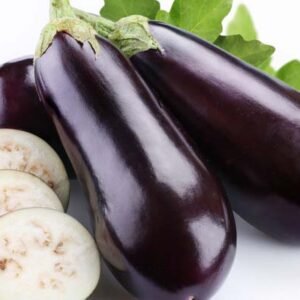




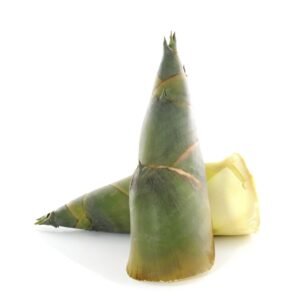
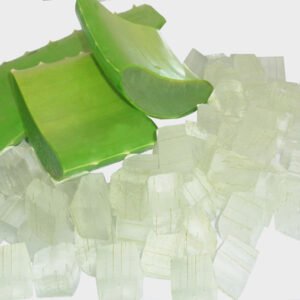
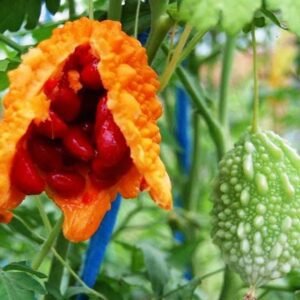
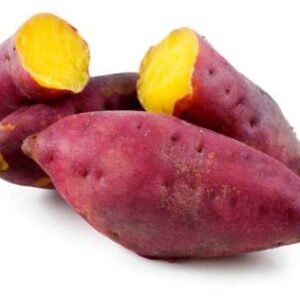
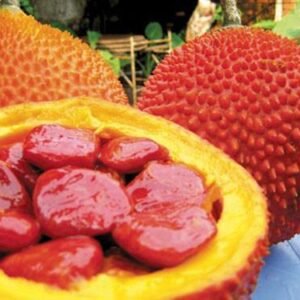

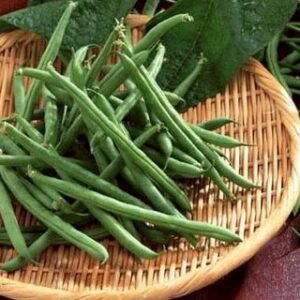



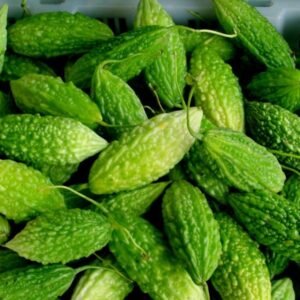
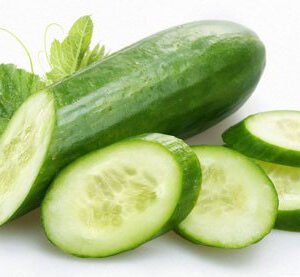





Reviews
There are no reviews yet.